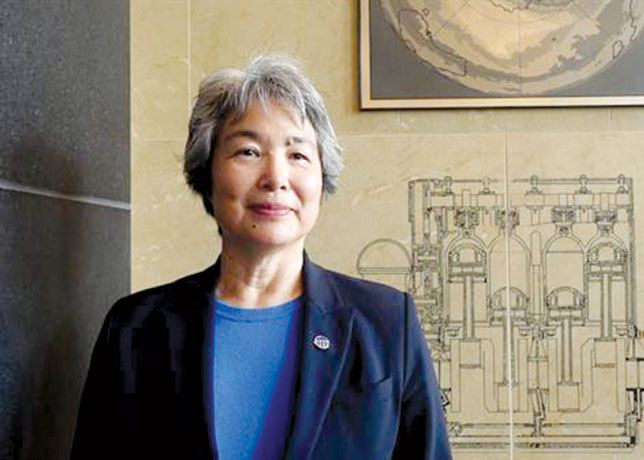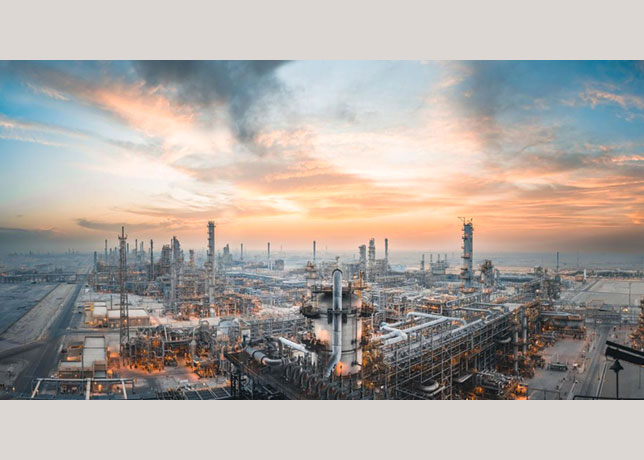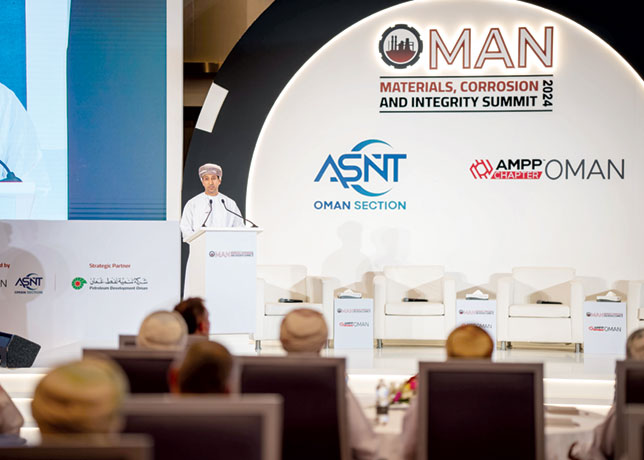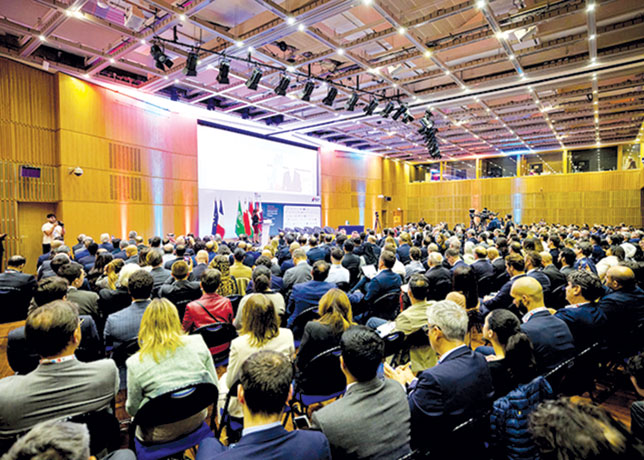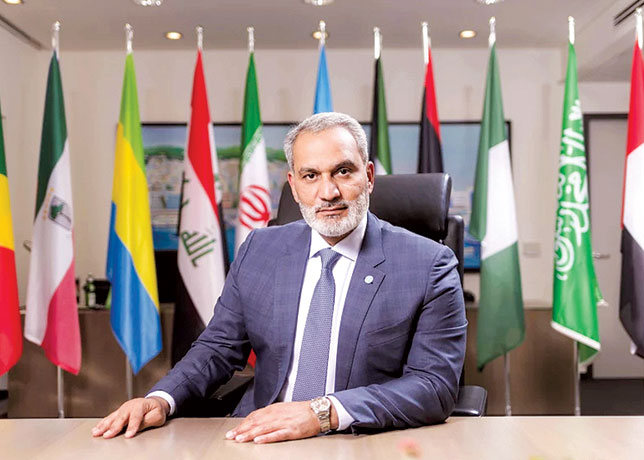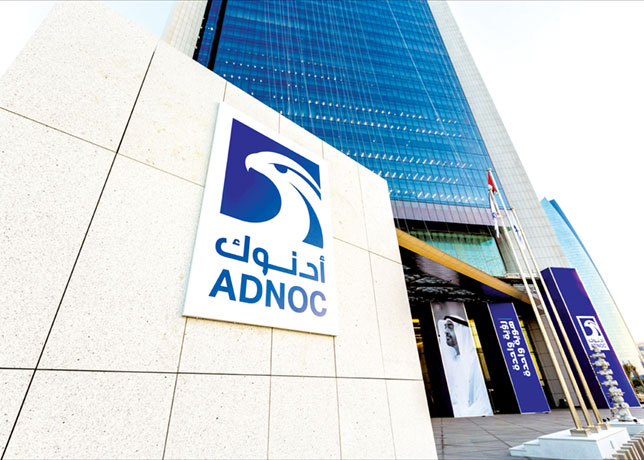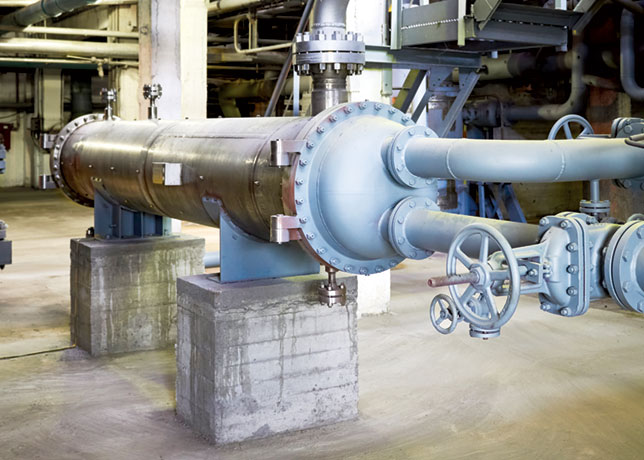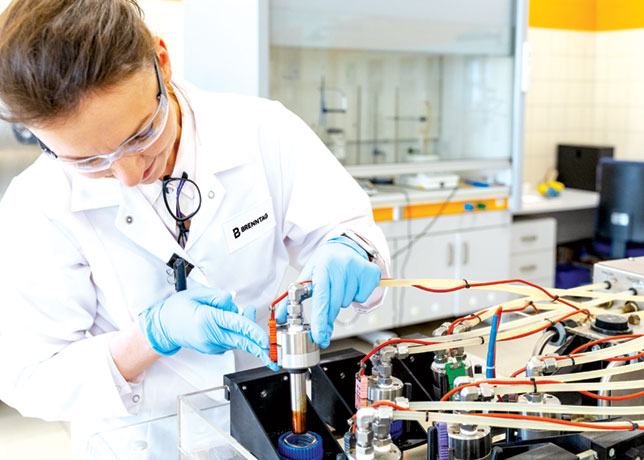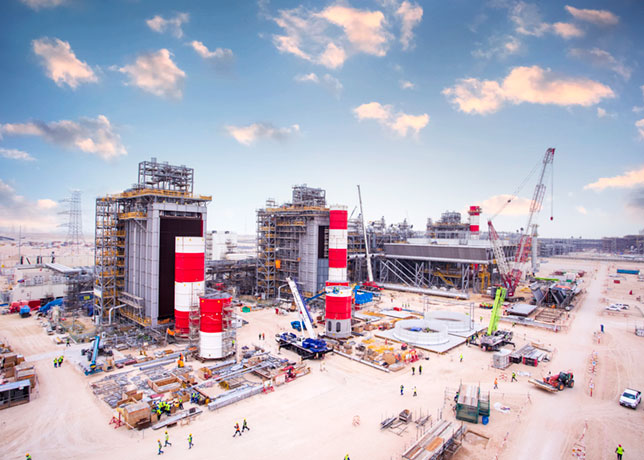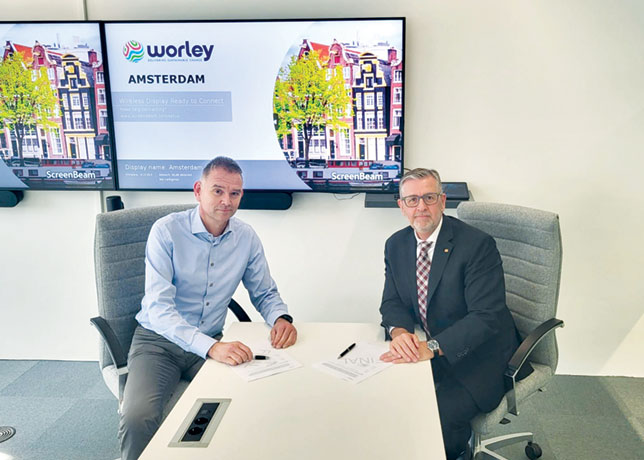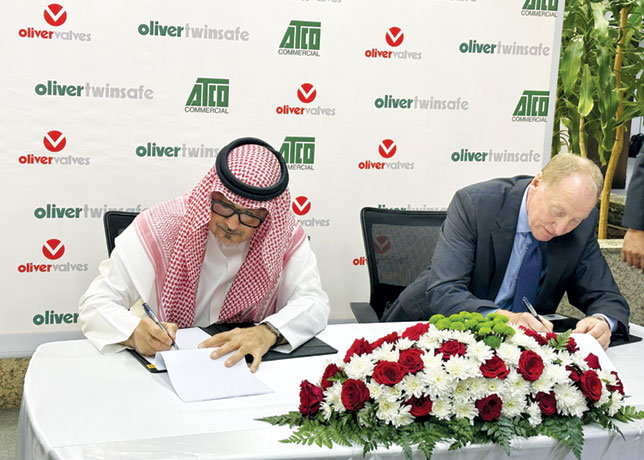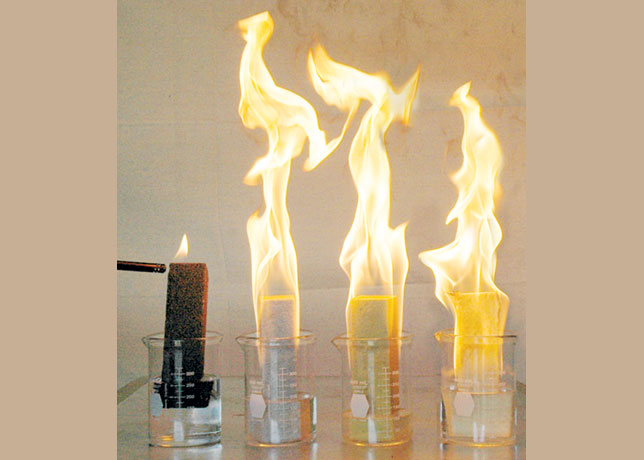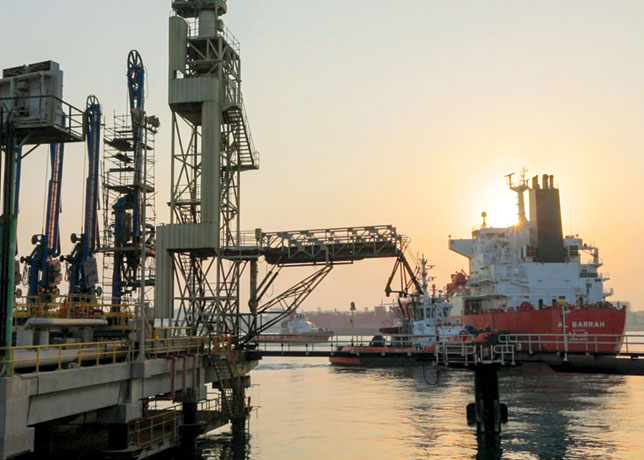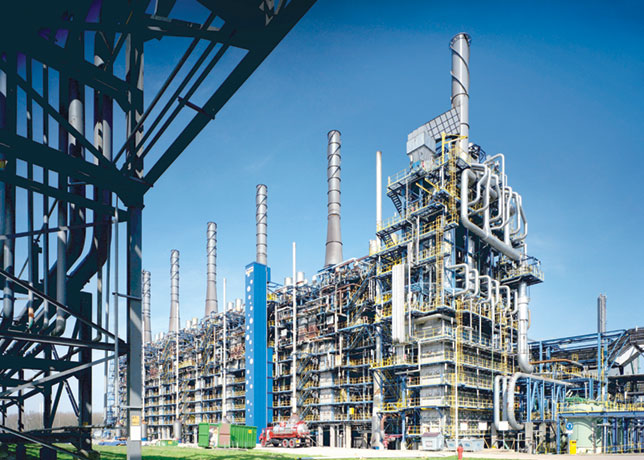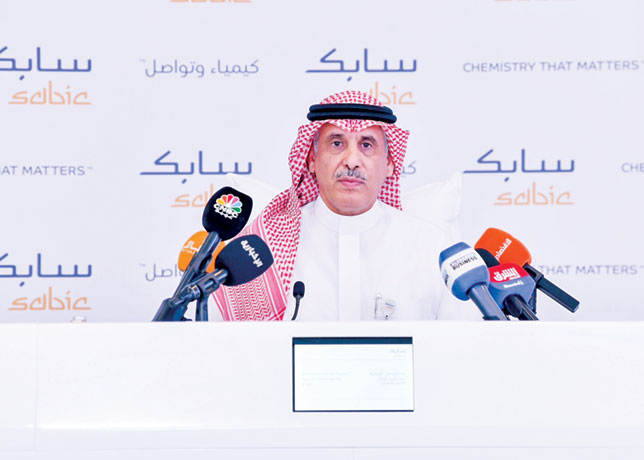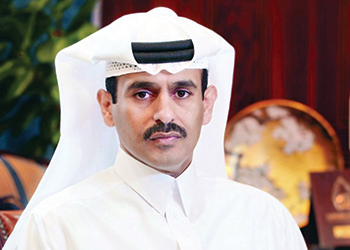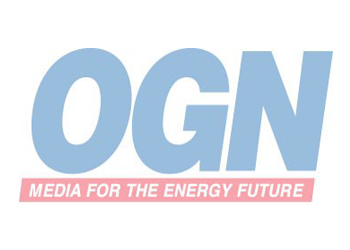
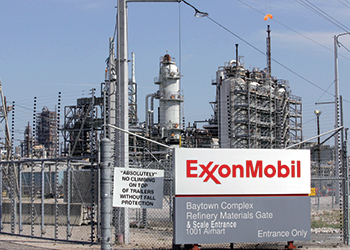 Exxon ... strong history of partnership with Qatar
Exxon ... strong history of partnership with Qatar
The company that is disappearing in the consolidation of Qatar’s gas majors is RasGas, Exxon’s 30 per cent partner in six of Qatar’s 14 liquefaction trains
ExxonMobil says the consolidation of Qatar’s two LNG companies -- Qatargas and RasGas – into one entity that will be a subsidiary of state-owned Qatar Petroleum will have no impact on its relationship with the Mideast country, where the US supermajor has had a large presence in Qatar’s LNG industry for more than 30 years.
Qatari officials say the combination aims to reduce costs and improve administrative efficiencies as the Gulf sheikhdom continues to adjust to a lower-for-longer oil price environment. Yet putting the two companies together doesn’t seem to be doing Exxon any favors in a relationship that has been sometimes edgy for years, and where both sides may need each other more than ever as partners in international growth.
The company that is disappearing in the consolidation is RasGas, Exxon’s 30 per cent partner in six of Qatar’s 14 liquefaction trains. Exxon has small interests in various Qatargas trains, but nowhere near the same level of marketing or operational influence as in RasGas.
"ExxonMobil and Qatar Petroleum have a strong history of partnership and joint achievement, and we look forward to continuing to grow that partnership," said Alan Jeffers, media relations manager at Exxon’s headquarters in Irving, Texas.
That relationship is key since the value of Exxon’s investments in the country total about $20 billion, more than in any other of the 50 or so countries where it operates.
Relations between the two companies in recent years haven’t always been cozy despite the positive face both put on it. Exxon’s LNG marketing business knocked heads with Qatar in 2010 over sales of Exxon’s PNG LNG to Taiwan’s CPC, when Qatar wanted the sale to go to RasGas at a higher price. Settling the ruckus took several years and cost Exxon its premier position in the country, along with several projects.
Qatar also is thought to be less than thrilled with Exxon’s recent LNG marketing strategy change to portfolio sales rather than traditional point-to-point sales, especially as its Asia-Pacific volumes have grown. The Asia-Pacific region, especially Japan and South Korea, is Qatar’s largest market.
Meanwhile, questions have arisen about whether integration of the two entities will see Exxon’s influence erode in a country that has played a crucial role in its global gas strategy and represents a major revenue maker in its portfolio. One US source said, however, that Qatar cannot put too much pressure on Exxon because of the way their joint ventures are structured -- all are project-financed, and Exxon provides many guarantees.
The two have one more joint project on the schedule: the reconfiguration of the Golden Pass LNG import terminal in Texas. That project is waiting on final federal permits before proceeding with construction of what will be a 15.2 million ton/yr (2.1 billion cubic feet per day) export facility.
QP is 70 per cent owner and operator of Golden Pass, but it will be looking to Exxon to provide the feedstock gas from its own and other sources. And Exxon has plenty of gas from the Barnett and Haynesville Shales and other Texas and Louisiana plays.
Still under discussion are ventures offshore Cyprus in the Eastern Mediterranean and in East Africa offshore Mozambique. In both, QP needs Exxon and its project management expertise.
The relationship between Qatar’s LNG program and its various partners has not evolved the way many of them expected. The US shale gale has eliminated North America as a market for anyone’s LNG, and economic stagnation in Europe has left that market essentially to domestic supplies and Russia.
In addition, Qatar is competing with a growing number of other suppliers for the Asian market, especially Australia. Exxon would not still need Qatar so badly if sanctions had not been imposed on Russia for annexing Crimea in 2014. Russia’s Rosneft and Exxon are known to have made a major discovery that can’t be developed because of the sanctions.







